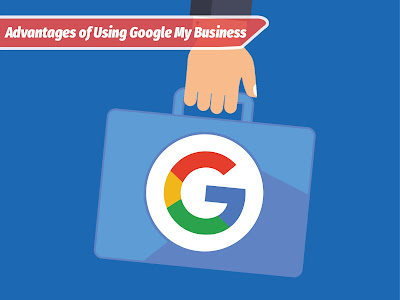Business owners often prefer to run some
ads to promote their websites, rather than investing in search engine
optimization (SEO). It's easier and quicker to do, and the results are much
more immediate too. However, if you're in it for the long term, and you should
be, then SEO for your website makes much more sense. Here are 7 reasons why:
No Constant Cost Increases
The monthly cost of a successful SEO
strategy will pale into insignificance when compared to the increase in website
traffic and sales. The traffic growth will be exponential over time, increasing
profits exponentially too, and will become near impossible to stop - unlike ads
where traffic and profits grind to a halt the moment you stop running them.
85% of Online Clicks go to Organic Search Results
That leaves just 15% of all online clicks
going to ads, which means that the majority of traffic originates from the
search results. If your website ranks well for your best keywords, you will
have a steady flow of highly relevant buying traffic pouring into your website,
night and day. This will do wonders to your bottom line, and if you want to
increase that traffic, you can purchase a few ads too - but always start with a
good SEO strategy.
Increased Traffic = Increased Sales = Increased Profits
A good SEO strategy will increase the
traffic to your website, not just from search results alone, but over time
satisfied customers will happily refer you to others, thereby increasing the
traffic to your website even further. This will inevitably result in an
increase in sales, which will translate in greater profits for you.
SEO is Cost-Effective
Popular methods of online marketing,
besides SEO, include pay-per-click (PPC) advertising, buying leads to use with
email marketing and social media marketing. These all work well, and it can be
argued that some of them have certain advantages and benefits over SEO
marketing. However, SEO marketing should always remain your main base for
online marketing. The return on investment (ROI) is good, the results are
predictable, and the effect is long lasting.
Mobile Devices Dominate Internet Bandwidth
With the dominance of mobile devices over
traditional desktop devices online, SEO has evolved in new ways to embrace this
dominant technology. Mobile devices offer new opportunities and challenges for
everyone, and those at the forefront are the ones who will benefit most.
Running ads won't save you here, neither will a strong social media brand. SEO
is by far your best chance to cash in.
SEO is Not a Fad or a Gimmick - it's Here to Stay
SEO will continuously evolve to embrace and
adapt to new technologies as they emerge, but at its core, SEO is still a
constant that isn't going to go away any time soon. When you compare SEO
against other ways of promoting your website, it's a bit like building a house
on rock compared to building a house on sand. Both houses will look great, at
least to begin with, but which one do you think will stand the test of time?
Local SEO - the Huge Opportunity You Can't Afford to Overlook
The rise in the use of mobile devices now
means that people will pull out their phones and look for a local store on a
whim when they need something. If they happen to need what you are selling, and
you don't feature in the search results, your competitors will be the ones to
benefit. How can you prevent this happening? An effective SEO strategy is the
best answer, every time. If your company is not listed and ranking high in
Google My Business, you are missing out - big time!
CC Communications can Help
Our Charlotte website development and marketing agency has been helping businesses grow their presence in the search engines for over 23 years. We're currently providing free SEO audits to the first five businesses to complete our online survey. Using our comprehensive SEO analysis tools we'll develop a plan to find and resolve any issues that may be impacting your website's performance.






















